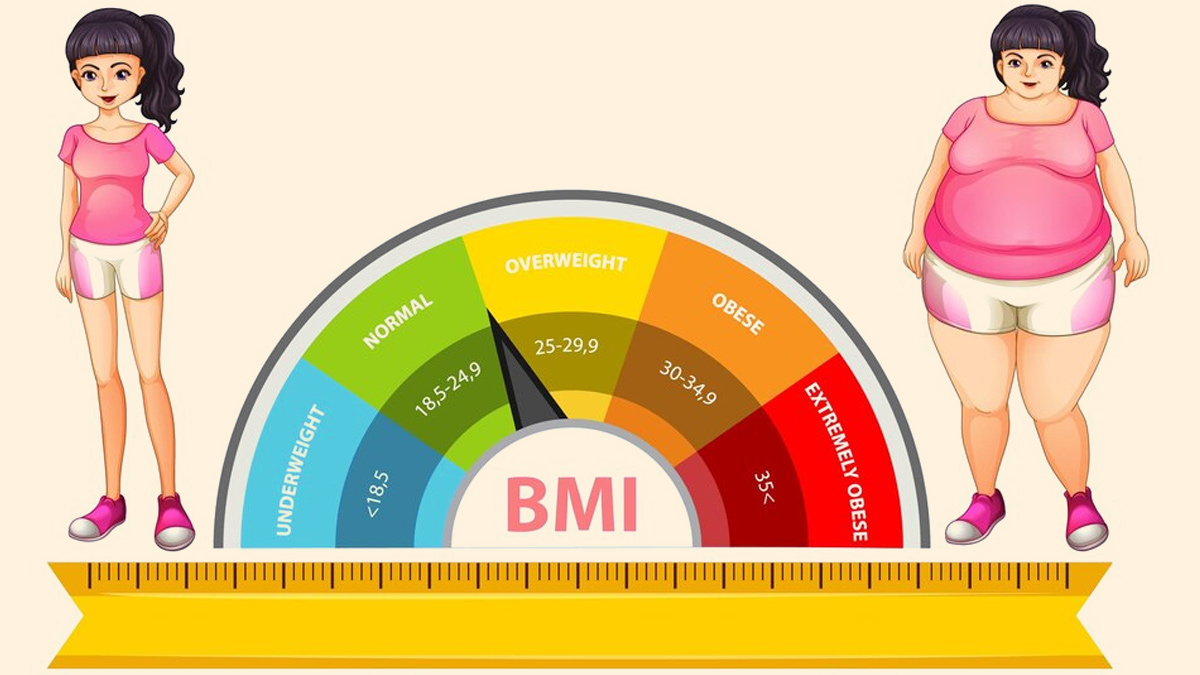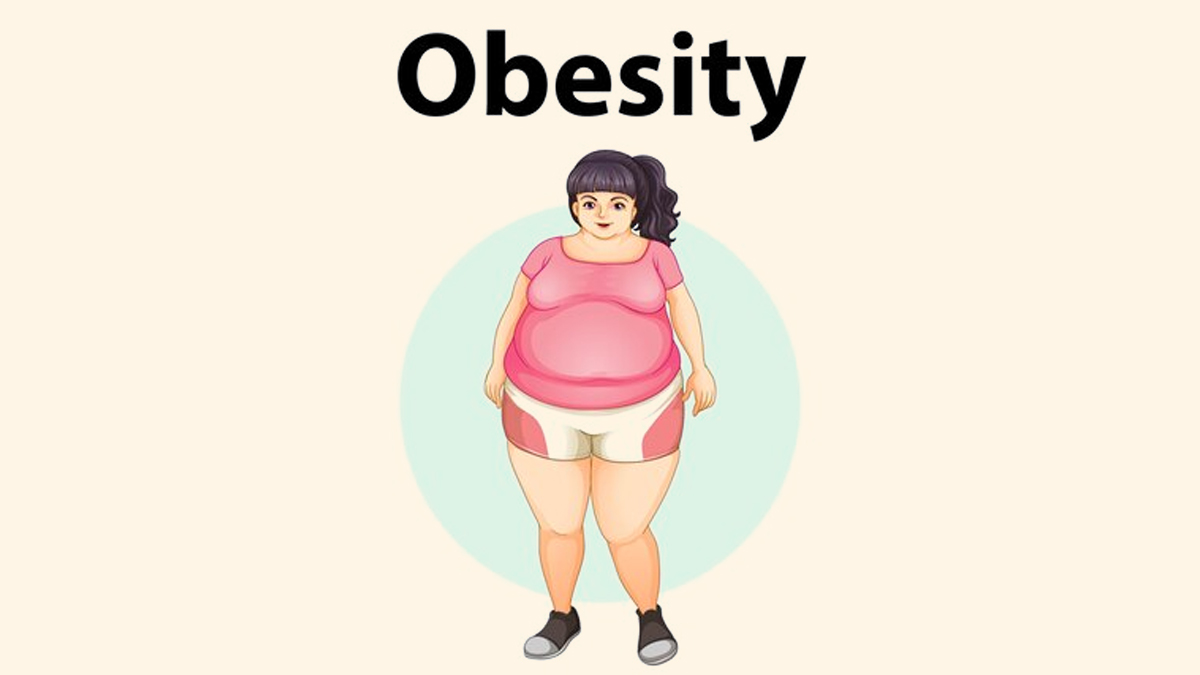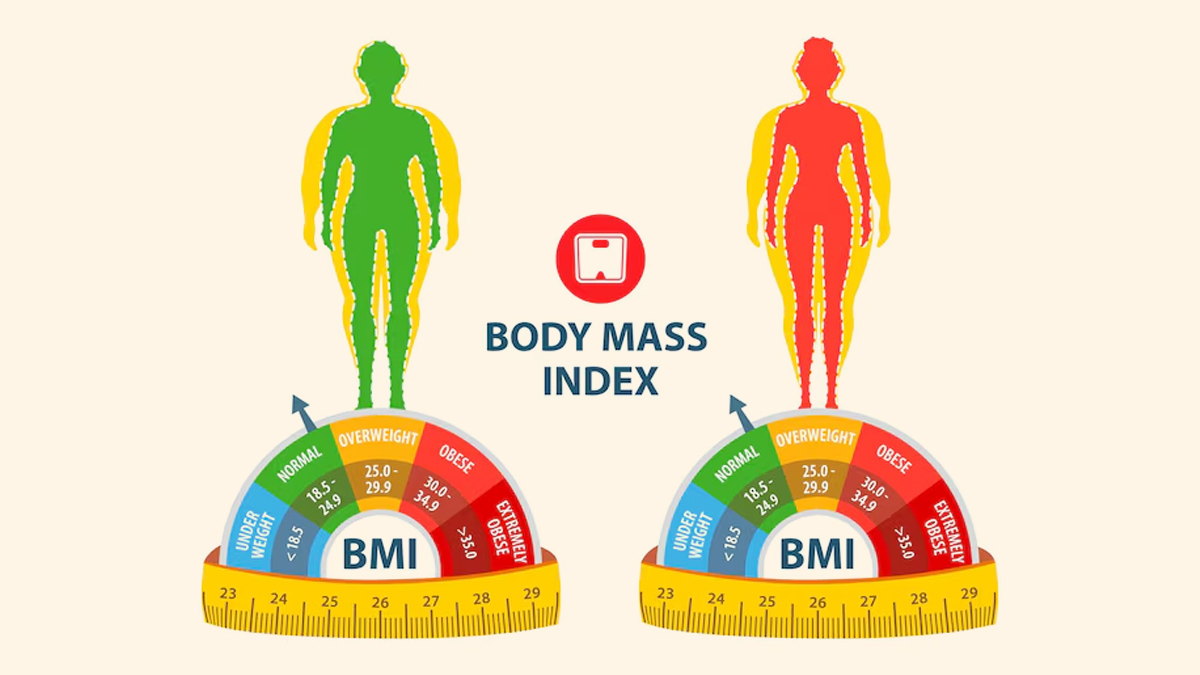
For decades, the Body Mass Index (BMI) has been the gold standard for measuring body fat and assessing health risks. However, as research evolves, experts are identifying new metrics that offer a more nuanced picture of health. One such emerging tool is the Body Roundness Index (BRI), which aims to address some of the shortcomings of BMI. But how does BRI differ from BMI, and can it truly replace this widely used metric?
Table of Content:-
What Is Body Roundness Index (BRI)?
The Body Roundness Index (BRI) is a relatively new metric designed to estimate body fat and assess an individual’s risk of developing health conditions related to obesity. Developed by researchers at the University of Arizona, BRI considers both height and waist circumference to measure the roundness or shape of the body.
While BMI is based solely on height and weight, BRI takes body shape into account, making it a potentially more accurate indicator of body fat distribution. This is particularly significant because fat accumulation around the abdomen is strongly associated with increased risks of cardiovascular disease, diabetes, and other metabolic disorders.

How Are BRI and BMI Different?
BMI calculates body fat based on a simple formula: weight in kilograms divided by height in metres squared. This approach provides a general idea of whether someone falls into categories like underweight, normal weight, overweight, or obese. However, BMI does not differentiate between fat mass and muscle mass, nor does it account for the distribution of fat in the body.
In contrast, BRI incorporates waist circumference alongside height, providing a more detailed picture of body fat distribution. For example, two individuals may have the same BMI, but if one has a larger waist circumference, their BRI will reflect a higher health risk. This makes BRI particularly useful for identifying central obesity, which is linked to severe health concerns.
A study published in the Obesity Research & Clinical Practice Journal found that BRI was more accurate than BMI in predicting cardiovascular risk. Researchers noted that BRI’s inclusion of waist circumference made it a superior tool for identifying individuals at risk of obesity-related illnesses.
Also read: Higher BMI In Early Adulthood Linked To Increased Cardiovascular Disease Risk: Study
Advantages of Body Roundness Index

Focus on Central Obesity: BRI highlights fat accumulation around the abdomen, which is more harmful than fat distributed in other parts of the body.
Improved Health Risk Prediction: Studies have shown that BRI is better at predicting cardiovascular disease, type 2 diabetes, and metabolic syndrome compared to BMI.
Inclusive for Different Body Types: BRI considers body shape rather than just height and weight, making it a more adaptable tool for people with varying body compositions.
Limitations of BRI
While BRI offers a more advanced approach, it is not without limitations:
Limited Research: BRI is still a relatively new concept, and long-term studies validating its accuracy across diverse populations are limited.
Reliance on Waist Circumference: Measuring waist circumference can sometimes lead to inconsistencies, as it depends on the correct placement of the measuring tape.
Lack of Standardised Cut-Offs: Unlike BMI, which has well-established thresholds for weight categories, there are no universally accepted BRI cut-off points yet.
Also read: Why BMI Is Not A Good Metric For Checking Obesity Or Overweight in Indians, Shares Expert
Can BRI Replace BMI?

The question of whether BRI can replace BMI remains open to debate. While BRI clearly addresses some of BMI’s shortcomings, it is still an emerging tool. BMI’s simplicity and widespread use make it a convenient option for general health screening, especially in large-scale studies and clinical settings.
However, for individuals seeking a more accurate measure of their health risk, particularly those concerned about abdominal fat, BRI offers a smarter alternative. In fact, health professionals are increasingly considering a combined approach where BMI provides an initial assessment, and BRI offers a more in-depth analysis.
A 2022 study published in Scientific Reports suggested that using BRI alongside BMI could improve the accuracy of obesity diagnosis and health risk prediction. Researchers concluded that while BMI remains relevant, tools like BRI represent the future of personalised health assessment.
Conclusion
The Body Roundness Index is a promising advancement in health measurement, offering a more precise understanding of body fat distribution and associated risks. By incorporating waist circumference, BRI provides valuable insights into central obesity, an important factor for overall health. However, until further research and standardised guidelines are established, BRI may complement rather than replace BMI.
For individuals and healthcare professionals alike, the key lies in recognising the limitations of BMI while embracing innovative tools like BRI. Together, they pave the way for a more comprehensive and personalised approach to health assessment.
Also watch this video
Read Next
Badshah's Incredible Weight Loss Transformation: Simple Lifestyle Changes That Helped Him Shed Kilos
How we keep this article up to date:
We work with experts and keep a close eye on the latest in health and wellness. Whenever there is a new research or helpful information, we update our articles with accurate and useful advice.
Current Version